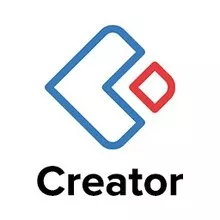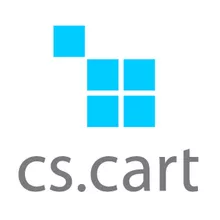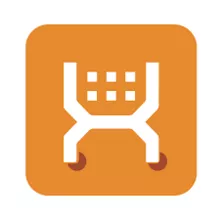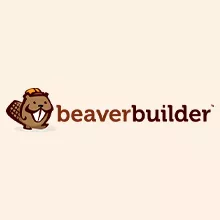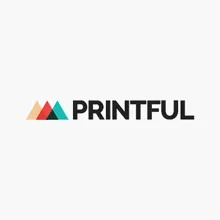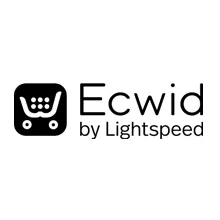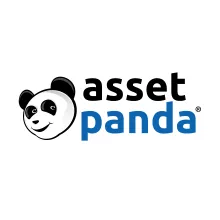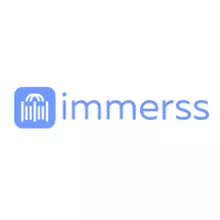Internal app builder with low code
Designing user experiences is called "UX design," and designing user interfaces is called "UI design." Both components are essential to a product building. The positions themselves, however, are fairly diverse, relating to quite different areas of the product development process and the design discipline, despite their professional closeness.
UX Software: Overview
User experience design puts the needs of customers foremost while creating products. A user experience (UX) designer takes into account the user's emotions and how easy it is for them to do the activities that are intended for them. They monitor and do task assessments to see how users accomplish activities in a user flow. To give consumers experiences that are straightforward, efficient, pertinent, and generally delightful is the ultimate objective of UX design. Creating and enhancing how well a user interacts with all areas of a business is known as user experience design. Although user experience design is mostly employed and defined by the digital sectors, it is theoretically a non-digital (cognitive science) profession. The total experience is the main focus of UX design, not the graphics.
UI Software: Overview
User interfaces are interfaces between a digital good or gadget and its users. One example would be the touchscreen on your smartphone or the touchpad on the coffee maker that you use to select your coffee preference. UI design considers the appearance, feel, and interactivity of products like websites and mobile applications. Ensuring a product's user interface is as intuitive as possible requires carefully evaluating every visual and interactive aspect the user may encounter. User interface design is a complex and demanding field, similar to user experience design. It converts a product's design, research, content, and layout into a user-friendly, enticing, and responsive experience. User interface design is a completely digital field. It considers a product interface's visual, interactive components, such as buttons, icons, spacing, typography, color schemes, and responsive design. User interface design aims to visually lead a user through a product's user interface. The goal of UI design is to ensure that a product's interface reflects the brand's strengths and visual assets.
UX vs UI: The Distinction
The essential distinction is that whereas UI design focuses on how the product's interfaces appear and work, UX design is about the entire experience. Finding out what issues people have and how a certain product may address them is a large part of their work. To determine who the target consumers are and what their needs are regarding a particular product, they will perform in-depth user research. Then they will sketch out the user's path through a product, considering factors like information architecture—that is, how the material is arranged and labeled within a product—and the functionality the user may want.
The UI designer enters after the product's basic structure has been established to give it life. The user interface (UI) designer considers all the visual elements of the user's journey, including each and every screen and touchpoint that the user may encounter. For example, consider pressing a button, scrolling down a website, or swiping through an image gallery. The UI designer concentrates on all the aspects that enable this journey, whereas the UX designer focuses on the journey's map. Not that UI design is just concerned with aesthetics; rather, it has a significant influence on how inclusive and accessible a product is.




























